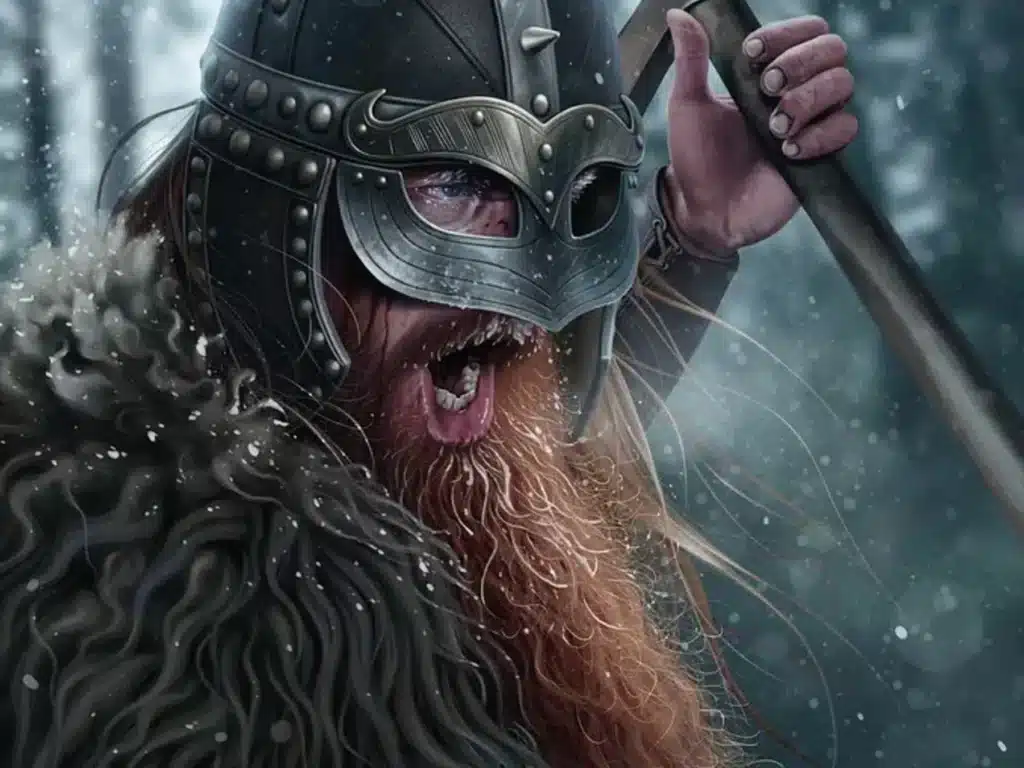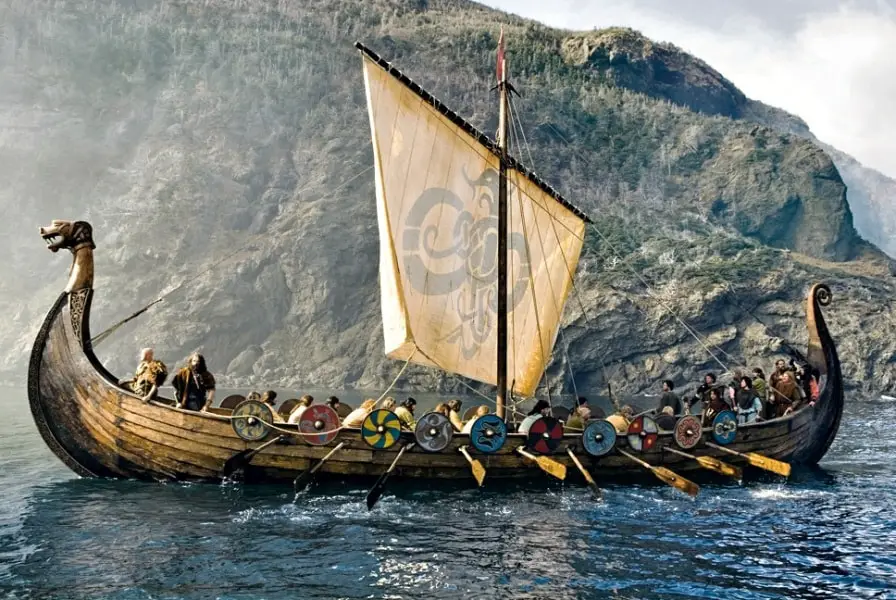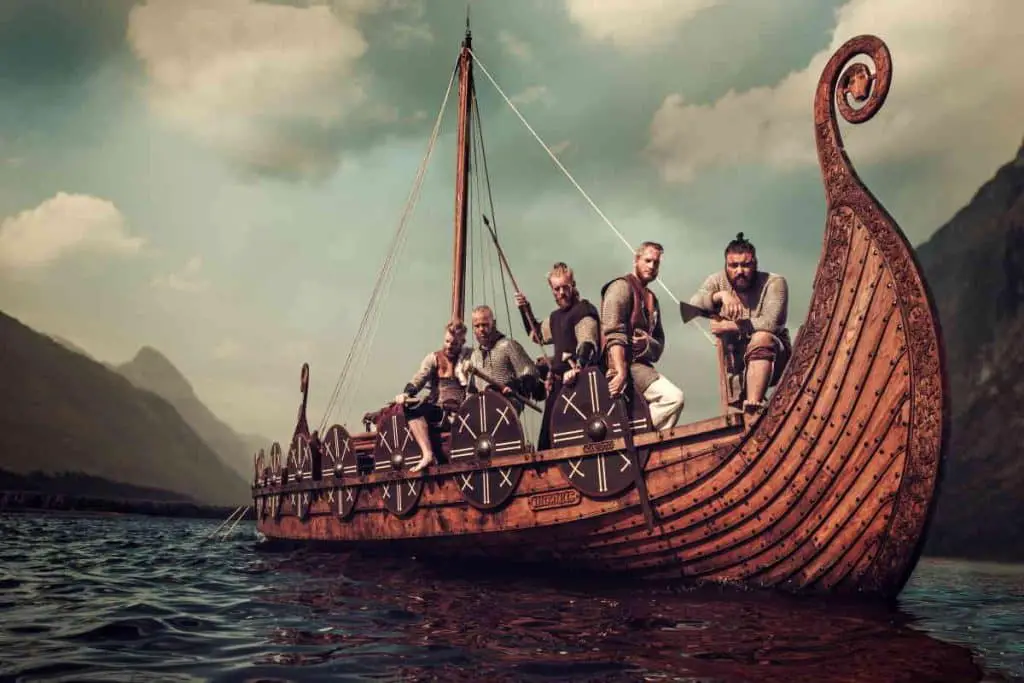In less than 300 years, the Vikings raided and explored lands on at least four continents, expanding in every direction from Scandinavia to invade and trade with civilizations throughout Europe and beyond. But how far did the Vikings reach and why were they so adventurous?
The main motivations of the Vikings were power and wealth
Basically, the main motivations of the Vikings it was power and wealth. “The Vikings were very aware of what was happening in England and on the continent at the time,” said Alexandra Sanmark, professor of medieval archeology at the University of the Highlands and Islands in Scotland. “They knew there was wealth to be had and they had been trading with these people for a long time. Then they seemed to realize that they no longer had to trade. they could just take . “
Initially, organized fleets of young men during the Viking Age (793 to 1066 AD) set sail from Scandinavia during the summer months on a raiding campaign and returned in the fall with their loot, Sanmark said. As time passed, these conquerors began to settle in the new territories, gradually leading families to create permanent settlements and stopping points along important routes.
“There were some periods when the Vikings controlled large areas of land, but, with the exception of King Cnut’s North Sea Empire, it was not an empire,” said Ellen Näss, an archaeologist at the Museum of Cultural History in Oslo , Norway. “Archaeologists call it a pirate kingdom: there were many separate warlords or leaders who sometimes worked together as huge armies, and other times in smaller, independent groups, to the advantage of both sides. It had nothing to do with national pride; it was all personal power and personal wealth.”

The first westward expeditions would have brought raiders into northern Scotland, where they quickly outnumbered the native population and established Viking settlements, Sanmark said. From there further short journeys to the nearby Hebrides and the Faroe Islands were possible, eventually allowing the Vikings to island-hop as far as Iceland by 870.
Perhaps most impressively, around 1000 they made their first voyages across the Atlantic to southwestern Greenland, before finally reaching L’Anse aux Meadows in Newfoundland, Canada, a staggering distance of 2,400 miles (3,900 kilometers) from Norway. But while this achievement was a testament to the Vikings’ exceptional skills as sailors and navigators, evidence suggests that they did not remain in their North American settlement for long.
“Greenland was undoubtedly important for the Vikings to travel back and forth to Newfoundland,” Näss told LiveScience. “An important resource they found in Greenland was the walrus which they hunted for its valuable ivory teeth and skins.” An April 2023 study published in the journal Antiquities found that these explorers even brought large trees from North America for construction in their settlements in Greenland.
“We don’t know for sure why settlement in Newfoundland ceased, but it was far from the ‘homeland’ and the resources were much the same as they found in the homeland, so there was no real motivation to go any further,” Ness said .

However, their eastward expansion had an entirely different character. Sticking to convenient water travel, Viking warriors crossed the Baltic Sea and traveled along the inland rivers of Eastern Europe and Russia, passing through modern-day Kiev, Ukraine, and Novgorod, Russia, during the 900s and as far north as Constantinople in Byzantine era. Empire and Baghdad around 1000.
“There was a huge difference in the type of civilization, and I’m sure they would have been very impressed seeing the Arab buildings, clothes, artifacts and currency,” Sanmark told LiveScience. “Here the Vikings concentrated on trade rather than raiding, settled among the local population and became very powerful.
In fact, the Vikings probably reached even further east than archaeologists can conclusively prove. “We can trace them through burials, settlements or written sources, but when all that ends, we can only see what they brought to Scandinavia,” Sanmark continued. “In Sweden there is silk from China, but we don’t know how far they went to get this material, but they definitely had connections with China and India, there’s no doubt about that.”
Less known is the expansion of the Vikings southward, around the northern coast of France (now France), to the Iberian Peninsula (Spain and Portugal), and finally along the northern coast of Africa in the early 11th century. However, due to the harsh arid conditions and lack of waterways, they never attempted to cross the Sahara and expand further into Africa.

The Viking Age gradually ended around the mid-11th century, with political development resulting from contact with other cultures and the spread of Christianity leading to a change in social attitudes. But during their 300-year heyday, the Vikings certainly made their mark on the world.
“In terms of distance, the Newfoundland settlement is probably the furthest they’ve gone,” Näss said. “But culturally, Baghdad was perhaps an even greater journey into the unknown for the Vikings.”
#furthest #place #Vikings #reached